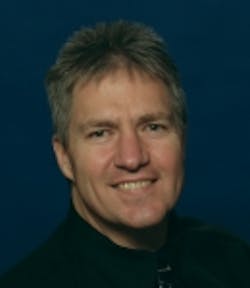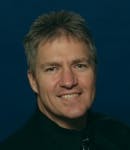The story of Nikola Tesla — Waverunner — Part 1
Although history has obscured this great man's legacy, Nikola Tesla, the father of electricity and so many modern marvels, has shaped the world perhaps more than any other inventor. Even today, long after his death, he's still guiding us into new applications of electromagnetic fields and waves.
Nikola Tesla was born in Smiljan, Croatia, in 1856, the son of an Orthodox priest and an unschooled but highly intelligent mother. His childhood was marked by several illnesses, along with a budding creativity and an interest in mechanisms and machines. Once, young “Niko” collected sixteen June bugs and glued them to the blades of a windmill-like device. To his delight, the little “engines” caused the rotor to spin as they attempted to fly away.
In college, at the Polytechnic Institute in Gratz, Tesla studied math, physics, and mechanics. He also learned about electricity, which fascinated him more than anything else. Tesla was an exceptional student who often challenged his professors. For one thing, he could do integral calculus in his head, causing classmates and teachers to think he was cheating. He also strongly opposed the prevailing belief that direct current was the most efficient way to generate, deliver, and consume electrical power.
It was during this period that the young engineer and inventor saw a steel engraving of Niagara Falls. In his imagination, he pictured a huge waterwheel turning under the force of the powerful cascade. He told an uncle that he would go to America someday and build the machine he envisioned. Thirty years later he did just that.
Another turning point in Tesla's early life was when a physics professor demonstrated a Gramme dynamo, essentially a dc motor-generator. After observing it, Tesla suggested to the class that the device would run better without the arcing contacts. His teacher laughed at what he said would have to be a perpetual motion machine. The taunt served only to motivate Tesla, who from that day forward was consumed with how to build a dynamo that didn't require commutators.
Tesla believed all along that ac power was the answer, but it was several years before the inspiration hit, making ac induction motors a reality. Tesla recalls the moment in his own words:
“One afternoon, which is ever present in my recollection, I was enjoying a walk with my friend in the city park and reciting poetry. At that age I knew entire books by heart, word for word. One of these was Goethe's Faust. The sun was just setting and reminded me of a glorious passage, ‘The glow retreats, done is the day of toil; It yonder hastes, new fields of life exploring; Ah, that no wing can lift me from the soil; Upon its track to follow, follow soaring.’
As I uttered these inspiring words, the idea came like a flash of lightning and in an instant, the truth was revealed. I drew with a stick on the sand the diagram shown six years later in my address before the American Institute of Electrical Engineers.”
What Tesla had envisioned, as the words came to life in his mind, was the concept of a rotating magnetic field.
Like nature's waves of warmth and color circling the Earth, Tesla's electromagnetically coupled driving mechanism would circle the inner spaces of his ac machine. The apparatus he drew in the sand would become the workhorse of industry for the next century and beyond: two coils, one vertical the other horizontal, supplied with alternating current 90° out of phase. Tesla knew his design would work by merely running it in his mind.
About the Author
Larry Berardinis
For more than two decades, Lawrence (Larry) Berardinis served on Machine Design and Motion System Design magazines as an editor and later as an associate publisher and new-business development manager. He's a member of Eta Kappa Nu, and holds an M.S. in Solid State Electronics. Today, he is the Senior Manager of Content Programs at ASM International, formerly known as the American Society for Metals.

